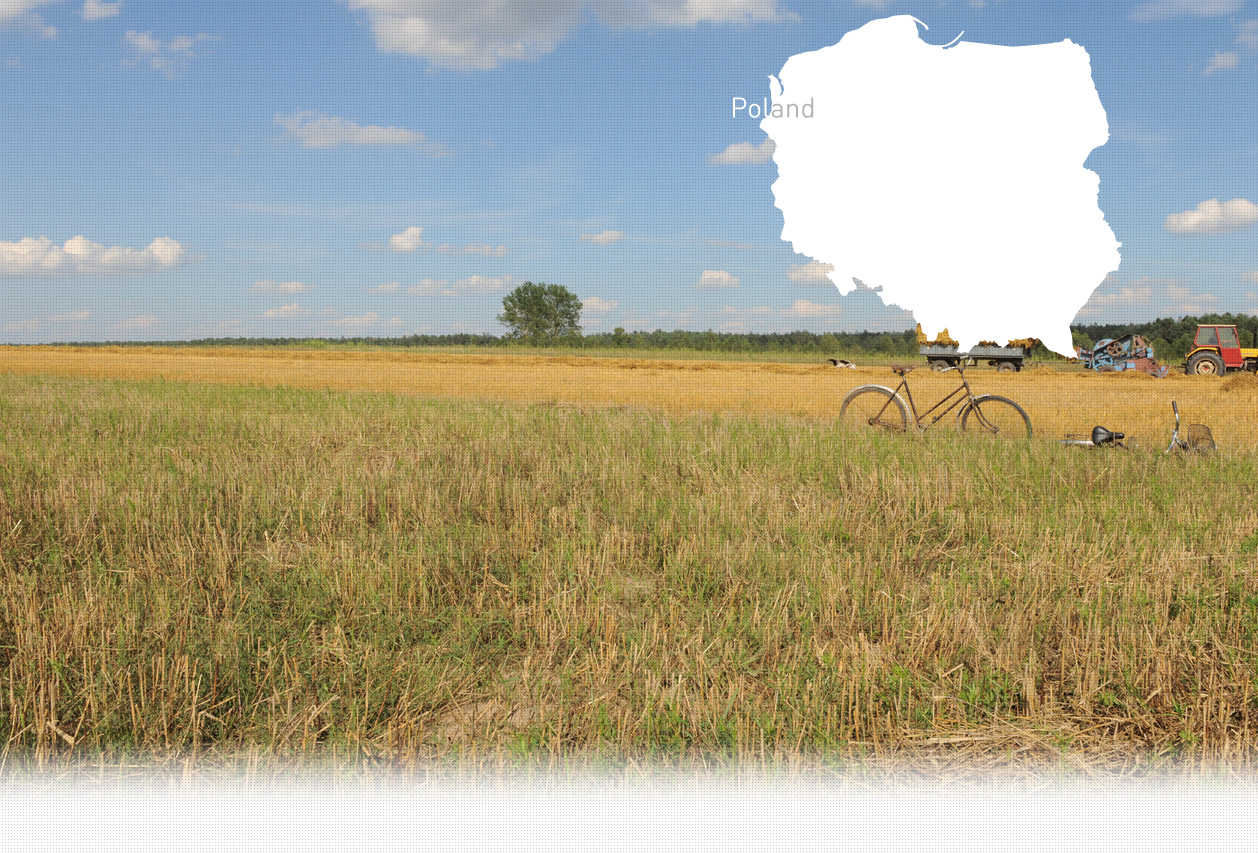

1 Sitio(s) de ejecución
"The Jews were gathered at the fire station, next to the municipal building. German soldiers arrived from other areas in several cars. The Jews, who had their belongings with them, had also come from elsewhere. There were men, women, and children among them. A pit was dug about 200 meters from the fire station. They were placed in front of it and shot in the back. Then the pit was covered with earth and lime." [Testimony N°YIU38P, interviewed in Żmudź, on July 7, 2011]
"For the third time in the same year I was ordered by the Soltys to collect Jews from the camp in Żmudź [Chelm powiat]. In Żmudź I saw Germans in green-gray uniforms, wearing skullcaps, selecting the Jews. The Jews were taken out of the barracks, the healthy young people who could work were put on the right, the sick and weak on the left. The Jews on the left were put on carts and taken to Sobibór. I was one of the people who put the Jews on the carts. That day, if I remember correctly, there were about 120 carts carrying the Jews from Żmudź. [...] We took the Jews from Żmudź to Sobibór. Not far from the camp, 500-600 meters away, the transport stopped and the carts with the Jews were confiscated by the Germans working in the Sobibór camp." [Deposition collected in 1967; IPN, OKL/S.49/67]
Żmudź is a village in Chełm County, Lublin Voivodeship, in eastern Poland, and serves as the seat of the Żmudź district. Located about 20 km (12.4 miles) southeast of Chełm and 81 km (50.3 miles) east of Lublin, the regional capital, Żmudź was a predominantly agricultural village before the Second World War, with land primarily owned by Ukrainians. Only 12 Polish and 4 Jewish families lived in the village. The Jewish residents were mainly shopkeepers, selling food, various handicrafts, and sewing tools, and their children attended the local Polish school.
In September 1939, Żmudź was initially occupied by the Red Army, which withdrew at the end of the month, leaving the village under German control. A local witness reported that the village administration was taken over by Volksdeutsche (ethnic Germans), and, at the beginning of the occupation, Jewish residents were allowed to remain in their homes and continue their activities.
According to archival sources and testimonies collected by Yahad, a mass shooting of 53 Jews occurred in Żmudź in the autumn of 1942. German gendarmes gathered a group of Jews, including men, women, and children from surrounding areas, at the village fire station. After dividing them into two groups, they were led to a pit dug by locals near the fire station, shot in the back, and buried in a pit covered with earth and lime. Polish archives additionally report that, alongside the 53 Jewish victims, 13 Poles were also shot and buried in nearby graves, some of which were exhumed post-war.
Żmudź was also the site of a water labor camp established in 1940 as part of 16 melioration camps across the Chełm district. During 1940 and 1941, several thousand Jewish workers were deported from Warsaw to the Sobibór railway station and then marched to one of these camps, including Żmudź. Conditions in the Żmudź camp were extremely harsh; witnesses described it as a large, barbed-wire-enclosed camp, guarded by Germans, with dugouts instead of barracks for prisoner housing. Weaker prisoners were regularly transported by trolley from Żmudź to the Sobibór death camp.
In addition, from July 1941 to October 1943, a POW camp known as Stalag 319 D, subordinate to Stalag 319 of Chełm, operated at the site of the local distillery. Around 450 prisoners died in this camp and were buried in the adjacent POW cemetery.
¿Tiene información adicional con respecto a un pueblo que le gustaría compartir con Yahad?
Por favor contáctenos a contact@yahadinunum.org
o llamando a Yahad – In Unum at +33 (0) 1 53 20 13 17